How Reading and Writing Disorders Affect School Performance
Understanding the Impact of Literacy Disorders on Education
Reading and writing disorders encompass significant challenges that affect millions of students worldwide, influencing their school performance and overall academic trajectories. These disorders involve difficulties in fundamental literacy skills such as word recognition, reading comprehension, spelling, and written expression, often accompanied by speech and language impairments. Understanding how these disorders affect educational achievement is crucial for educators, parents, and policymakers to implement effective supports and interventions that foster student success and emotional well-being.
Defining Reading and Writing Disorders: Dyslexia, Dysgraphia, and Beyond
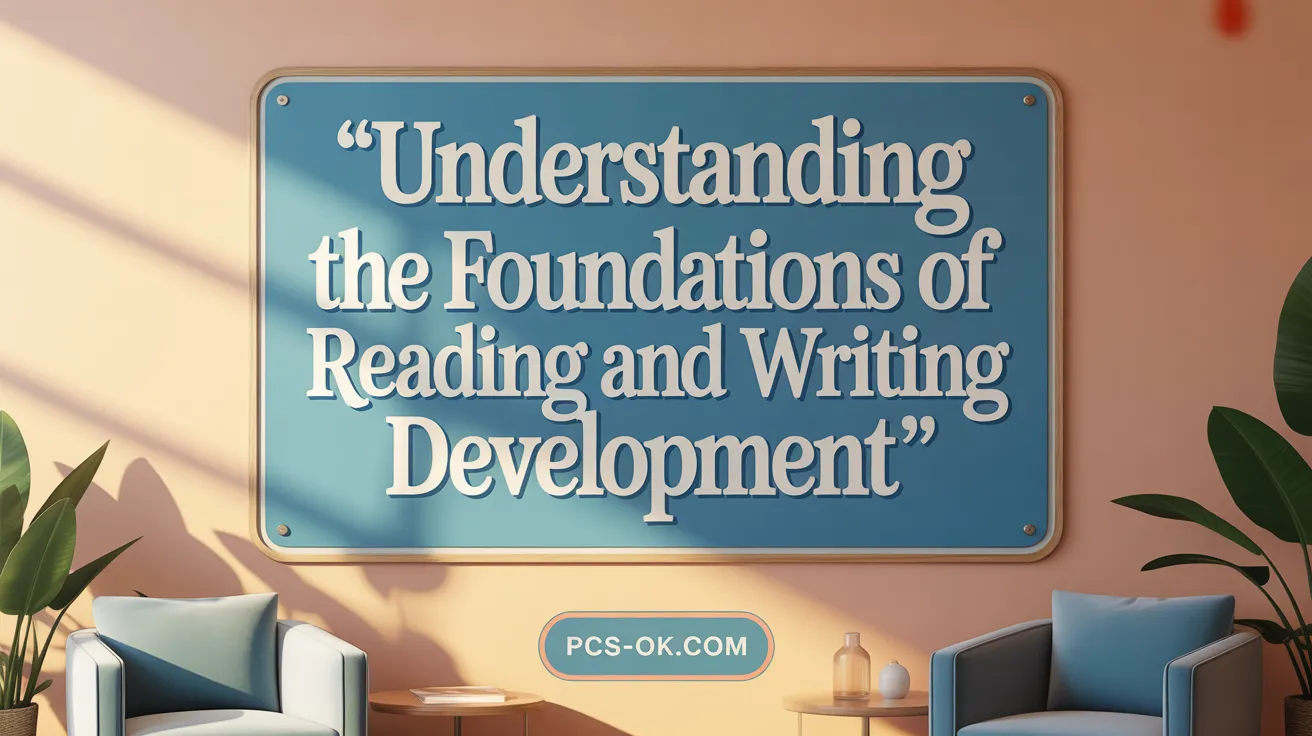
How do reading and writing disorders impact school performance?
Reading and writing disorders can significantly impair a student’s academic performance by affecting their ability to process, understand, and produce written language, which are essential for learning across all subjects. These difficulties often co-occur with oral language impairments, cognitive challenges such as working memory deficits, and broader developmental disorders like Developmental Language Disorder (DLD) or Attention Deficit Hyperactivity Disorder (ADHD), further hindering literacy skills. Children with these disorders typically exhibit lower achievement in reading comprehension, spelling, and writing from early childhood through adolescence, leading to persistent academic setbacks. Without early detection, these challenges may widen over time, creating a gap in learning that becomes harder to bridge. Effective intervention involves targeted strategies that address underlying skills common to reading and writing, such as phonological awareness, morphology, and syntactic knowledge. Support from educators, speech-language therapists, and families is crucial for helping affected students develop compensatory techniques and improve their literacy abilities. Overall, these disorders can create substantial barriers to educational success, making comprehensive assessment and tailored support systems vital for improving outcomes and ensuring that students can reach their full potential.
Word recognition deficits
This category often refers to dyslexia, characterized by difficulty recognizing words fluently and accurately. While individuals with word recognition challenges struggle with decoding and spelling, their language comprehension abilities typically remain intact. These deficits can cause slow reading speeds, avoidance of reading tasks, and frustration, affecting overall academic performance.
Reading comprehension difficulties
Students who struggle with understanding and interpreting text face obstacles in making inferences, summarizing, and grasping narrative structures. These challenges hinder learning in content areas like science and social studies, where comprehension of complex material is essential for academic success.
Dysgraphia and its effects
Dysgraphia involves trouble with the physical act of writing and the underlying process of planning, drafting, revising, and editing. It can manifest as poor handwriting, organization issues, and difficulty constructing sentences, impacting written assignments and overall communication skills.
Dysorthography and spelling issues
This refers to spelling impairments stemming from difficulties encoding phonological information. Such deficits can compromise both reading and writing, leading to frequent spelling errors and additional challenges in literacy tasks.
Interconnection of spoken and written language deficits
Spoken and written language impairments are often intertwined. Challenges in oral language, such as vocabulary and syntax deficits, frequently co-occur with reading and writing difficulties. These interconnected deficits can further complicate learning, as language forms the foundation for literacy development.
| Disorder Type | Core Challenges | Impact on School Performance | Associated Conditions |
|---|---|---|---|
| Word recognition deficits | Difficulty decoding and recognizing words fluently | Slower reading, lower comprehension, frustration | Dyslexia, language comprehension issues |
| Reading comprehension | Problems understanding text, making inferences | Poor performance in content subjects, reduced academic confidence | Language impairments, DLD |
| Dysgraphia | Difficulties in writing process and product | Poor written work, organizing thoughts, expressing ideas | Fine motor challenges, executive function issues |
| Dysorthography | Spelling errors and encoding difficulties | Lower scores in spelling tests, writing assignments | Phonological processing deficits |
| Language deficits (spoken/written) | Interrelated oral and written language challenges | Overall literacy struggles, academic delays in multiple areas | DLD, cognitive-communication disorders |
Understanding these interconnected problems is crucial for developing effective support strategies. The complex nature of these disorders underscores the importance of a comprehensive approach that considers each child’s unique profile.
Academic Challenges Faced by Students with Speech, Language, and Learning Disorders
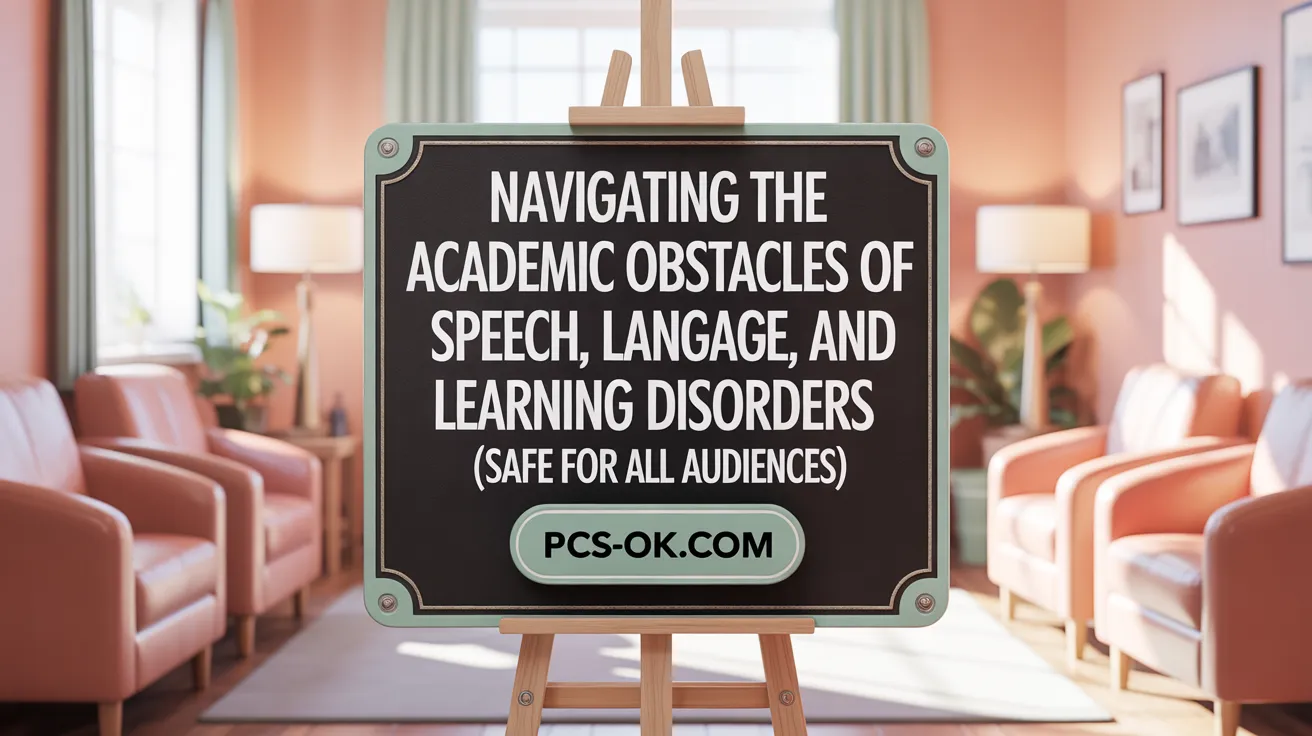
What academic challenges do students with speech, language, and learning disorders face?
Students with speech, language, and learning disorders encounter a wide range of educational obstacles. These difficulties often stem from persistent impairments in both spoken and written language, which directly affect their ability to read, write, and understand academic content.
For example, children with language delays may struggle to process and follow instructions, making classroom participation challenging. Their problems with vocabulary, grammar, and comprehension hinder them from fully engaging with lessons, impacting their overall learning experience.
Reading and writing are particularly affected. Many students have trouble decoding words, spelling, and organizing their thoughts for written tasks. These struggles can slow their progress in mastering literacy skills essential for academic success.
Beyond literacy, these children may also find it hard to interpret social cues and engage in class discussions, leading to social isolation and emotional difficulties such as low self-esteem. Residual articulation errors, like issues with producing specific sounds, can further reduce confidence and social participation.
The impact of these challenges often varies widely among students. Some may show mild delays, while others experience substantial setbacks in literacy and overall achievement. Recognizing and addressing these issues early through targeted speech-language therapy can significantly improve their educational trajectories.
Early assessment is crucial to identify specific language impairments. Interventions such as personalized speech therapy, tailored teaching strategies, and supportive classroom environments help mitigate these academic difficulties.
Overall, understanding and supporting students with speech, language, and learning disorders are vital to ensuring they access the full range of educational opportunities and develop confidence in their abilities.
The Influence of Developmental Language Disorder (DLD) on Educational Success

What is developmental language disorder (DLD) and how common is it?
Developmental Language Disorder (DLD) is a condition affecting approximately 8% of children aged 3 to 17 in the United States. It involves persistent difficulties in acquiring, understanding, and using language, which can disrupt various aspects of their academic and social development. DLD is characterized by challenges in expressive language—how children articulate their thoughts—and receptive language—their ability to understand spoken communication.
How do literacy skills get affected in students with DLD?
Children with DLD often show lower performance in literacy areas, especially reading comprehension, spelling, and written expression. They may struggle with decoding words, understanding reading material, organizing their written thoughts, and following complex instructions. These literacy difficulties directly impact their ability to succeed across curriculum subjects that rely heavily on reading and writing.
Does DLD lead to persistent achievement gaps?
Yes, students with DLD tend to have long-standing gaps compared to their typically developing peers. The differences are especially noticeable in reading and writing skills from early elementary years onward. Evidence suggests a phenomenon known as the “Matthew Effect,” where the achievement gap widens over time, as students with DLD fall further behind in acquiring new skills without appropriate intervention.
What is the effect of DLD on other academic areas?
While literacy is most affected, research indicates that DLD can also impact numeracy—the ability to understand and work with math concepts—especially tasks involving verbal and symbolic reasoning. Additionally, students with DLD often face challenges across other curriculum areas like science, social studies, and foreign languages, due to difficulties with vocabulary, comprehension, and following multi-step instructions.
Why is targeted support necessary for these students?
Students with DLD require specialized educational supports tailored to their unique language needs. Early screening and intervention can help bridge the achievement gap, improve language and literacy skills, and enhance overall academic performance. Support strategies can include speech and language therapy, tailored reading programs, and classroom accommodations that address their communication challenges.
| Aspect | Impact | Recommended Supports |
|---|---|---|
| Literacy | Difficulties in decoding, comprehension, spelling | Phonological awareness training, individualized reading programs |
| Numeracy | Challenges with verbal and symbolic tasks | Use of visual aids, concrete manipulatives, explicit instruction |
| Curriculum Areas | Struggles in science, social studies, languages | Simplified instructions, vocabulary support, peer scaffolding |
| Social & Emotional | Reduced self-esteem, frustration | Counseling, social skills training, positive reinforcement |
Overall, understanding the connection between DLD and academic achievement highlights the importance of early diagnosis, customized teaching, and ongoing support. When properly addressed, children with DLD can improve their skills and realize their academic potential, despite the challenges posed by their language impairments.
Long-Term Consequences of Dyslexia on Academic and Emotional Well-Being
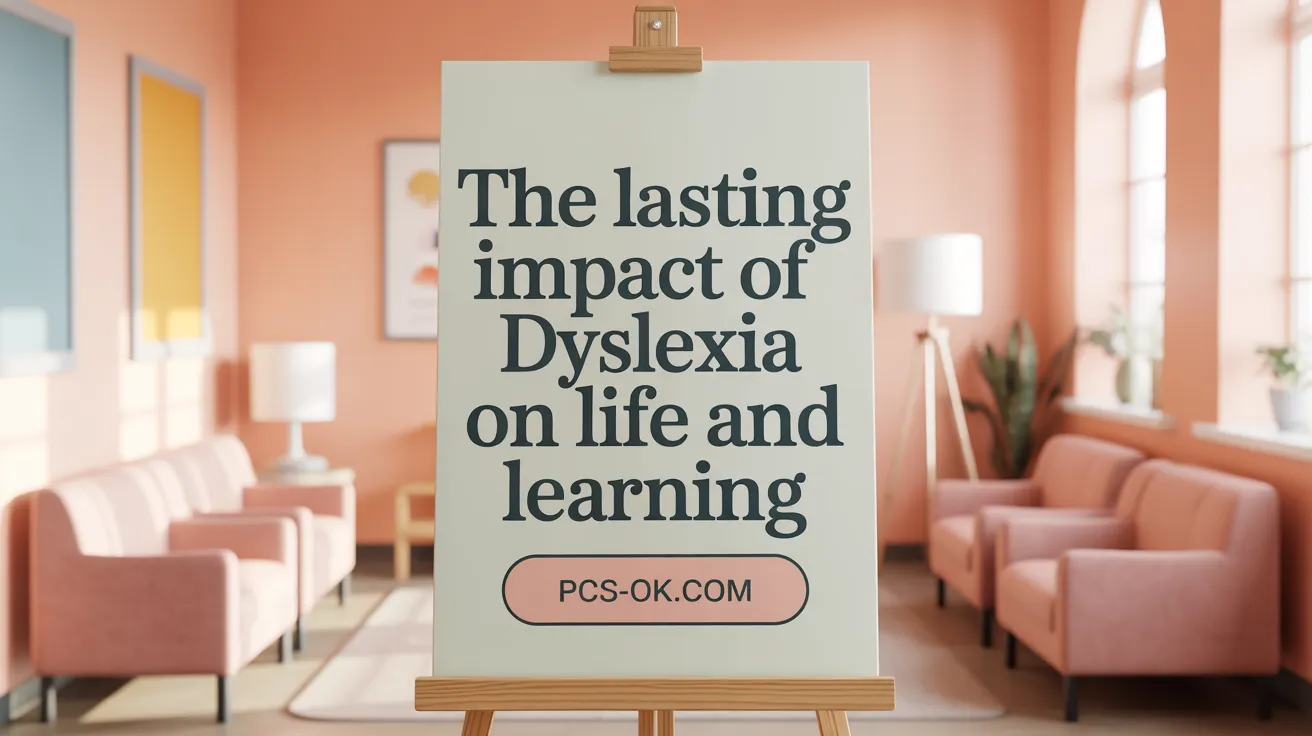
What is the long-term impact of reading and writing difficulties, such as dyslexia, on school performance and emotional well-being?
Dyslexia, a common learning disability affecting reading, writing, and spelling, can have lasting effects well beyond the early school years. Students with dyslexia often experience persistent academic challenges, including lower performance in reading comprehension, spelling, and written expression. These ongoing difficulties can contribute to a widening achievement gap between them and their peers, which may result in increased dropout rates or limited advancement in educational settings.
Emotionally, individuals with dyslexia frequently face significant struggles. Repeated failures and frustrations can lead to heightened feelings of anxiety and depression. Low self-esteem is also common, as students may internalize their difficulties as personal shortcomings. Over time, these emotional issues can lead to social withdrawal, feelings of isolation, and reduced motivation to engage in academic activities.
The presence of emotional distress often exacerbates academic struggles, creating a cycle that is hard to break without proper intervention. As they grow older, students with untreated dyslexia may struggle with self-confidence in university or work environments, which can affect their career prospects.
Early diagnosis and targeted support are vital. Interventions that address both literacy skills and emotional resilience can significantly improve long-term outcomes. Family involvement, specialized educational strategies, and counseling can help students build confidence, develop coping mechanisms, and achieve their full potential.
In summary, the long-term effects of dyslexia encompass a broad spectrum of academic and emotional challenges. Addressing these issues early on is crucial to help individuals lead successful and fulfilling lives, mitigating the risks of social and psychological difficulties that can persist into adulthood.
Cross-Subject Academic Impact of Specific Learning Disabilities
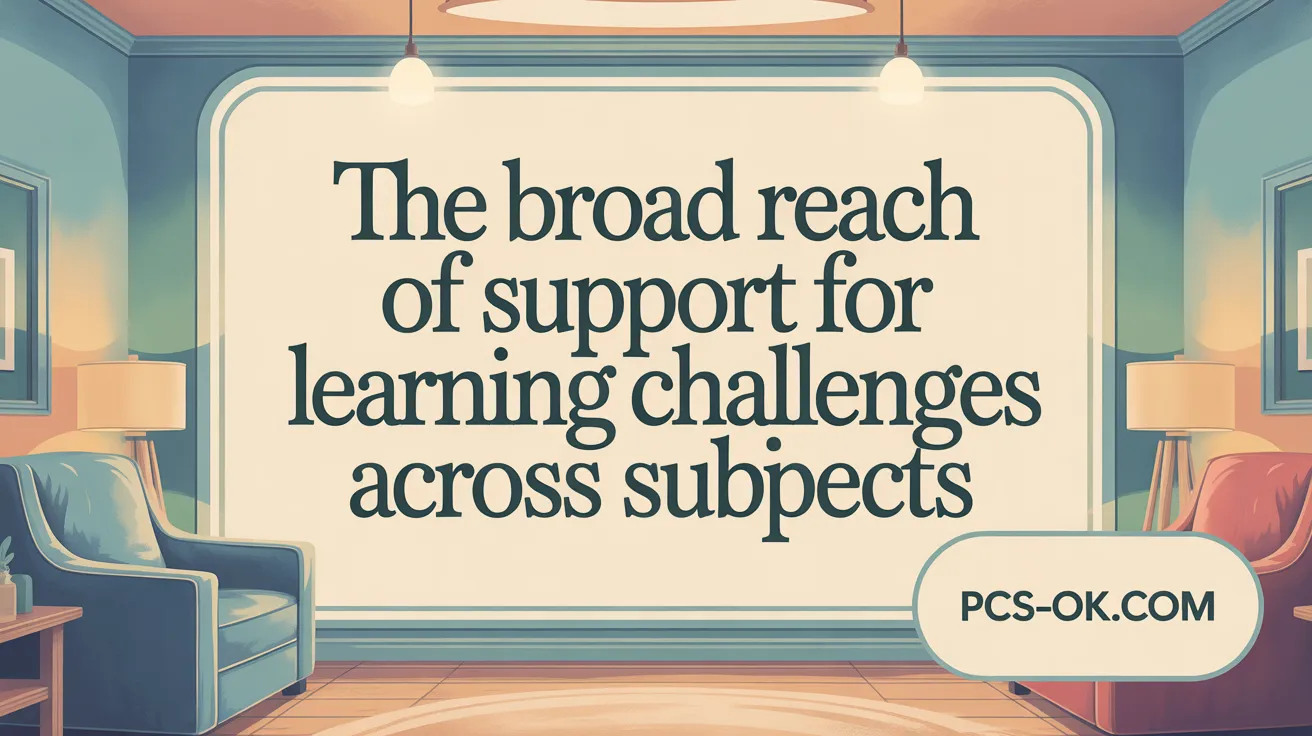
How do specific learning disabilities affect performance across various subjects?
Students with specific learning disabilities (SLD) often face challenges that affect their performance in multiple academic areas. These disabilities, such as dyslexia and dyscalculia, can hinder essential skills like reading, writing, and mathematics, which are foundational across many subjects.
In subjects like science, history, and foreign languages, difficulty decoding vocabulary, understanding textual content, and following written instructions can significantly impede learning. For example, a student with dyslexia may struggle to read textbooks fluently or interpret diagrams, making it hard to grasp scientific concepts or historical timelines.
Similarly, in foreign languages, issues with spelling, phonological processing, and vocabulary acquisition can prevent students from developing proficiency. This often results in lower performance despite strong cognitive abilities.
Performance variability among students with SLD is common. While they might excel in subjects that rely less on decoding or writing, they tend to perform poorly in areas requiring these skills. For instance, a student may do well in art or physical education but struggle in reading-based subjects.
Emotionally and socially, students with SLD can face frustration, low self-esteem, and social isolation, further impacting motivation and engagement. These challenges emphasize the importance of early, tailored interventions that focus on individual needs.
In conclusion, SLDs impact overall academic achievement. Addressing these difficulties through personalized educational plans, early identification, and supportive teaching methods is crucial to helping students succeed across all subject areas.
| Subject Area | Typical Difficulties | Specific Skills Affected | Impact on Learning |
|---|---|---|---|
| Science | Reading textbooks, identifying key points | Decoding vocabulary, reading fluency | Slower comprehension, reduced retention |
| History | Following timelines, understanding context | Decoding historical texts, chronological understanding | Gaps in knowledge, reduced engagement |
| Foreign Languages | Vocabulary, spelling, grammatical rules | Phonological processing, segmenting words | Lower proficiency, limited communication |
| Math | Word problems, symbolic notation | Symbol understanding, calculation | Difficulty solving problems, lower grades |
Understanding the broad effects of SLD across subjects highlights the importance of early detection and individualized instruction. Support tailored to specific challenges is essential to bridge achievement gaps and enhance overall academic and social development.
Interconnectedness of Reading and Writing Skills: The Interactive Dynamic Literacy Model
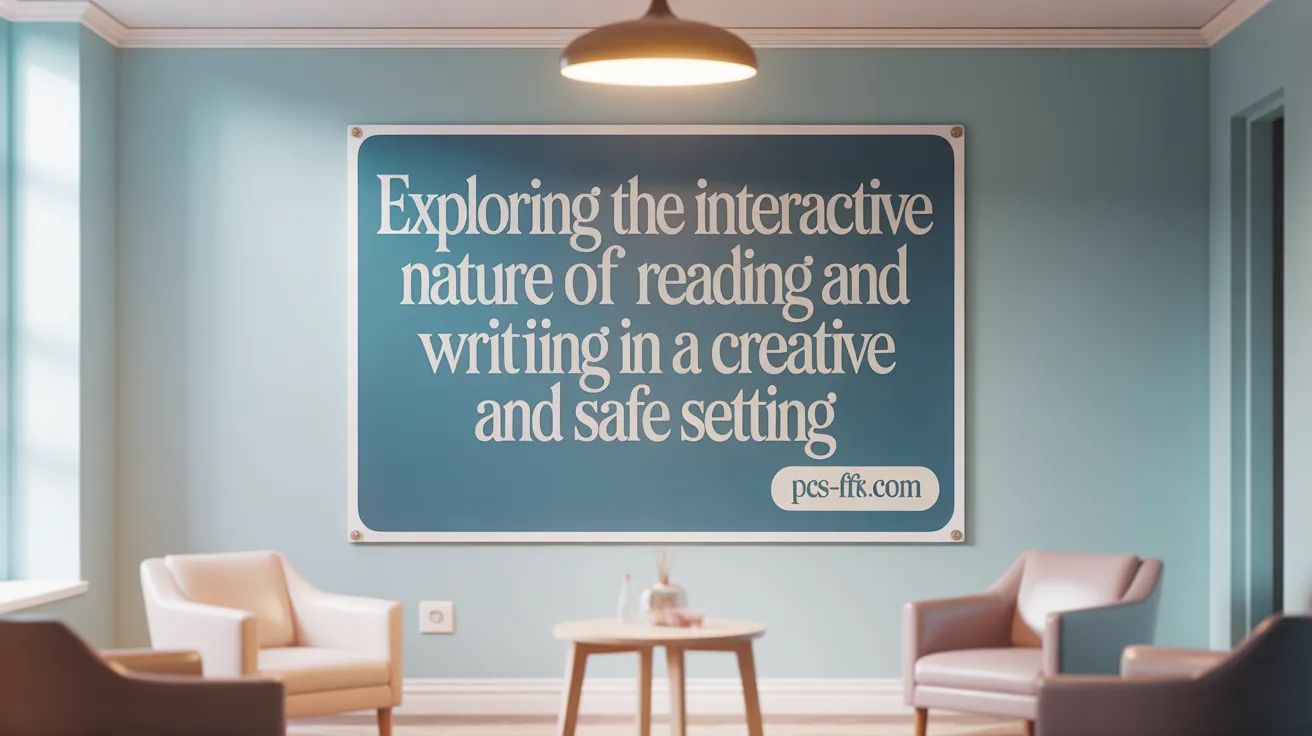
IDL model overview
The Interactive Dynamic Literacy (IDL) model offers a comprehensive framework to understand how reading and writing develop in children. It emphasizes that these skills are related yet distinct systems that influence each other throughout learning. According to this model, reading and writing are not isolated processes but work together dynamically, impacting overall literacy development.
Dissociable yet interdependent literacy systems
While reading and writing involve separate cognitive processes, they are deeply interconnected. Reading mainly focuses on decoding symbols and understanding their meaning, whereas writing involves encoding thoughts and structuring language. The IDL model clarifies that these systems, although dissociable, depend on shared underlying skills, which facilitate both processes.
Shared underlying skills like phonology and working memory
Core skills underpinning both reading and writing include phonological processing, orthographic knowledge, vocabulary, syntax, and higher-order cognitive functions such as working memory and attentional control. For example, phonological awareness is crucial for decoding words and spelling, while working memory supports complex tasks like composing sentences or understanding text.
Co-occurrence of reading and writing difficulties
Problems in one area often coincide with struggles in the other. For instance, difficulties in phonology can lead to challenges in both decoding and spelling, creating a pattern of co-occurring reading and writing issues. This overlap is explained by shared skills and cognitive processes outlined in the IDL model.
Importance of addressing multiple cognitive and linguistic domains
Effective support for literacy development considers multiple factors, including language comprehension, phonological skills, and cognitive controls such as memory and attention. Interventions that target several domains tend to be more successful in helping children improve their reading and writing capabilities, especially for those with developmental delays or learning disabilities.
| Aspect | Description | Impact on Literacy Development |
|---|---|---|
| Phonological processing | The ability to recognize and manipulate sound structures | Fundamental for decoding and spelling |
| Vocabulary and syntax | Word knowledge and sentence structures | Essential for comprehension and written expression |
| Working memory | Holding multiple pieces of information temporarily | Supports complex reading and writing tasks |
| Attentional control | Focus and resist distractions during learning | Helps maintain task persistence and accuracy |
By understanding how these elements intertwine within the IDL framework, educators and clinicians can better tailor interventions. Recognizing the shared basis of literacy skills clarifies why difficulties often span multiple domains and highlights the importance of comprehensive support strategies.
Screening and Early Identification: Pivotal Steps Toward Academic Success
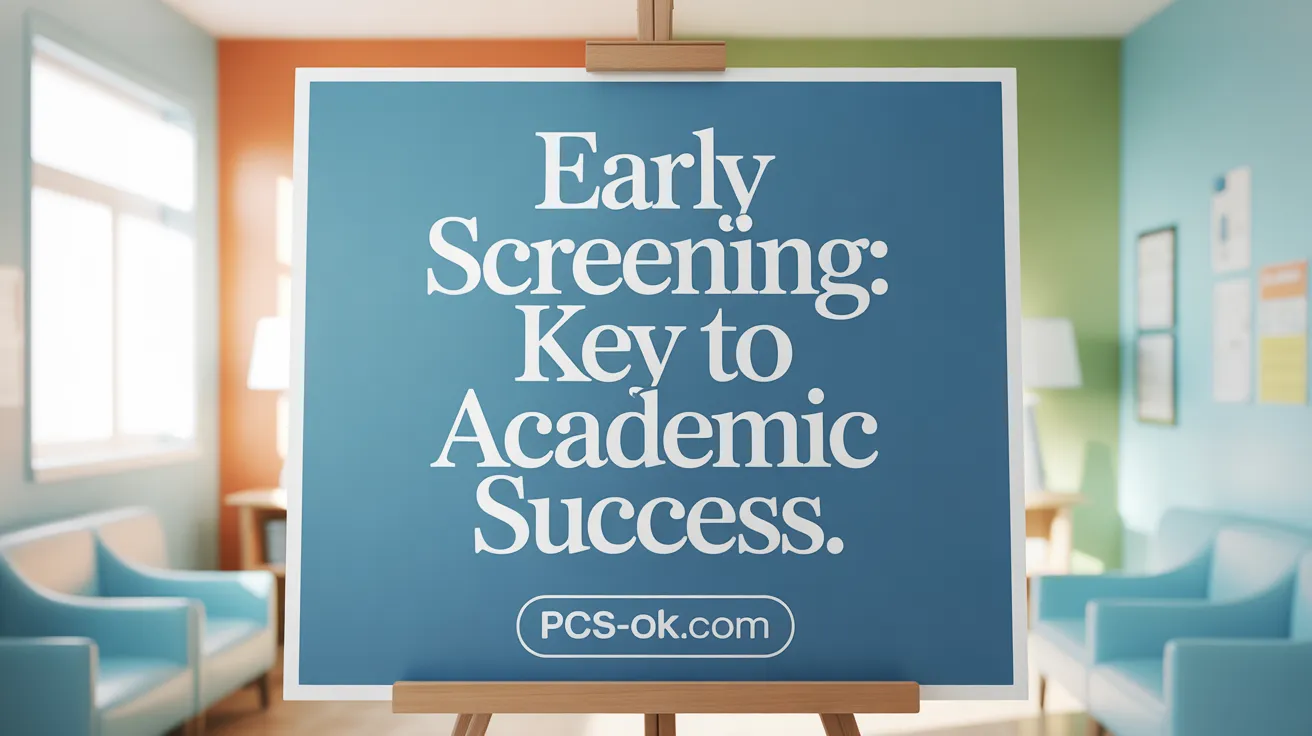
Why is early screening for reading and writing difficulties crucial?
Early screening plays a vital role in catching reading and writing struggles at their onset. Identifying issues before they become ingrained can significantly improve a child’s academic trajectory. Early detection allows educators and parents to implement supportive interventions tailored to each child’s needs, reducing the risk of long-term delays in learning.
What assessment tools are used for early detection?
Several reliable tools assist in diagnosing reading-related challenges early on. The Predictive Assessment of Reading (PAR) helps evaluate decoding and comprehension skills. The Texas Primary Reading Inventory measures foundational reading skills, while DIBELS (Dynamic Indicators of Basic Early Literacy Skills) offers quick, simple assessments to identify children who need extra help. These tools provide a comprehensive view of a child’s literacy strengths and areas needing support.
What are common signs indicating difficulties in decoding and comprehension?
Children struggling with decoding often have trouble recognizing letters, sounds, or blending phonemes, which impairs their ability to read fluently. Those with comprehension difficulties may read accurately but fail to understand or interpret the text, making it hard to paraphrase, summarize, or infer meaning. Recognizing these signs early enables targeted instruction that addresses specific areas of weakness.
How does early diagnosis help prevent academic delays?
Timely diagnosis ensures that children receive interventions before poor reading and writing skills affect overall academic performance. It prevents the development of frustration, low self-esteem, and potential emotional issues tied to learning difficulties. Early support fosters confidence, improves skills, and bolsters motivation, leading to better long-term educational outcomes.
What are the benefits of prompt intervention?
Interventions such as phonetic awareness training, structured reading programs, and language development activities can close achievement gaps. When introduced early, these strategies help children develop essential literacy skills more efficiently, paving the way for success across all curriculum areas. Early intervention not only strengthens literacy but also supports social and emotional well-being, facilitating a more positive school experience for children facing challenges.
Effective Interventions and Support Strategies for Reading and Writing Disorders

What role do interventions and support strategies play in improving school performance for students with reading and writing disorders?
Interventions and support methods are vital tools in helping students overcome literacy challenges and improve their overall academic success. These strategies focus on providing explicit, systematic instruction designed to meet the individual developmental needs of each learner.
Structured literacy approaches are commonly employed, emphasizing phonological awareness, phonics, decoding skills, and reading fluency. These methods have proven effective in strengthening foundational reading abilities, which are often impaired in students with reading disorders such as dyslexia.
Beyond decoding, interventions target reading comprehension by teaching students to make inferences, summarize information, and understand story structures. This comprehensive focus helps students not only read better but also understand and retain what they read.
Addressing writing difficulties involves strategies that enhance handwriting, spelling, organizing ideas, and self-editing skills. Techniques such as graphic organizers, sentence starters, and writing routines support the development of written expression.
Given the complexity of literacy challenges, multi-component interventions are often necessary. These approaches combine phonological training, morphological awareness, syntactic skills, and comprehension strategies, allowing educators to address core difficulties from multiple angles.
Importantly, fostering student confidence and motivation is a key component of successful intervention. Supportive feedback, goal-setting, and scaffolding encourage learners to persist despite setbacks, leading to improved engagement and progress.
Overall, evidence indicates that tailored, evidence-based interventions can significantly enhance literacy skills. They help bridge gaps in learning, promote academic achievement, and enable students to develop the skills necessary for lifelong learning.
| Intervention Type | Focus Area | Example Strategies | Effectiveness |
|---|---|---|---|
| Systematic Instruction | Reading Basics | Phonological awareness, phonics | Improves word recognition |
| Comprehension Support | Text Understanding | Summarizing, inference training | Enhances understanding |
| Writing Skills | Composition | Graphic organizers, spelling routines | Boosts written expression |
| Multi-Component | Complex Skills | Integration of decoding, morphology, syntax | Addresses diverse needs |
| Motivation Enhancement | Confidence Building | Goal setting, positive feedback | Increases engagement |
Implementing these strategies early, with consistency and collaboration among educators, parents, and specialists, yields the best results. The ultimate goal is to empower students with the skills needed to succeed academically and develop a positive attitude towards reading and writing.
The Role of Socio-Emotional Factors in Students with Literacy Disorders

How do reading and writing difficulties impact self-esteem?
Students facing challenges with reading and writing often experience a decline in self-confidence. Struggling with fundamental academic tasks can make them feel inadequate compared to their peers, leading to feelings of frustration and lower self-worth. This emotional strain may persist and affect their motivation and engagement in school activities.
What is the relationship between academic challenges and anxiety or depression?
Academic difficulties, especially those related to literacy, are linked with increased risks of anxiety and depression. Students who struggle with reading and writing might develop fears of failure, which can lead to a cycle of worry and withdrawal from learning opportunities. Over time, these emotional responses can contribute to mental health issues if not addressed.
Are social isolation and literacy struggles connected?
Yes, students with literacy disorders often experience social isolation. They might feel embarrassed about their difficulties, avoid participating in classroom discussions, or shy away from peer interactions that involve reading aloud or writing activities. This can hinder their social development and increase feelings of loneliness.
Why is creating inclusive and supportive school environments important?
A school environment that is inclusive and understanding plays a vital role in supporting students with literacy challenges. When teachers recognize diverse needs and foster a classroom culture of patience and encouragement, students are more likely to feel accepted and motivated. Such environments help mitigate negative emotional impacts and promote confidence.
How can emotional support be integrated with academic interventions?
Combining emotional support with targeted academic strategies enhances the overall well-being of students with reading and writing difficulties. Interventions may include counseling, peer support groups, and teacher training to identify emotional distress early. This holistic approach ensures that students not only improve academically but also develop resilience and positive self-perceptions.
| Aspect of Emotional Well-being | Impact on Students | Strategies for Support |
|---|---|---|
| Self-esteem | Affected by mastery in literacy | Positive reinforcement, celebrating progress |
| Anxiety and depression | Increased risk due to academic failure | Counseling, mindfulness activities |
| Social relationships | Often strained by academic struggles | Peer mentoring, social skills programs |
| School environment | Crucial to student confidence | Inclusive policies, teacher training |
| Emotional and academic health | Interconnected and mutually influential | Combined intervention plans, emotional coaching |
Understanding and addressing the socio-emotional aspects of literacy disorders are crucial for helping students thrive both academically and emotionally.
Toward Inclusive Education: Supporting Students with Reading and Writing Disorders
Reading and writing disorders profoundly affect students’ academic achievement and emotional well-being across their educational journey. The complexity and variety of these disorders demand early identification, comprehensive assessment, and individualized support tailored to each student’s unique needs. Effective interventions not only address literacy skills but also consider cognitive, linguistic, and socio-emotional factors to foster holistic development. Collaborative efforts involving educators, families, and specialists are essential to create inclusive learning environments that empower students with reading and writing difficulties to reach their full potential and thrive academically and personally.
References
- Disorders of Reading and Writing
- A systematic review of the academic achievement …
- How Speech and Language Deficits Can Affect a Child’s …
- Co-Occurrence of Reading and Writing Difficulties
- Impact of reading and writing skills on academic …
- How Does Dyslexia Impact Student Learning Long Term?
- How Dyslexia Affects the Curriculum
- Learning Difficulties and Reading Comprehension in the …
